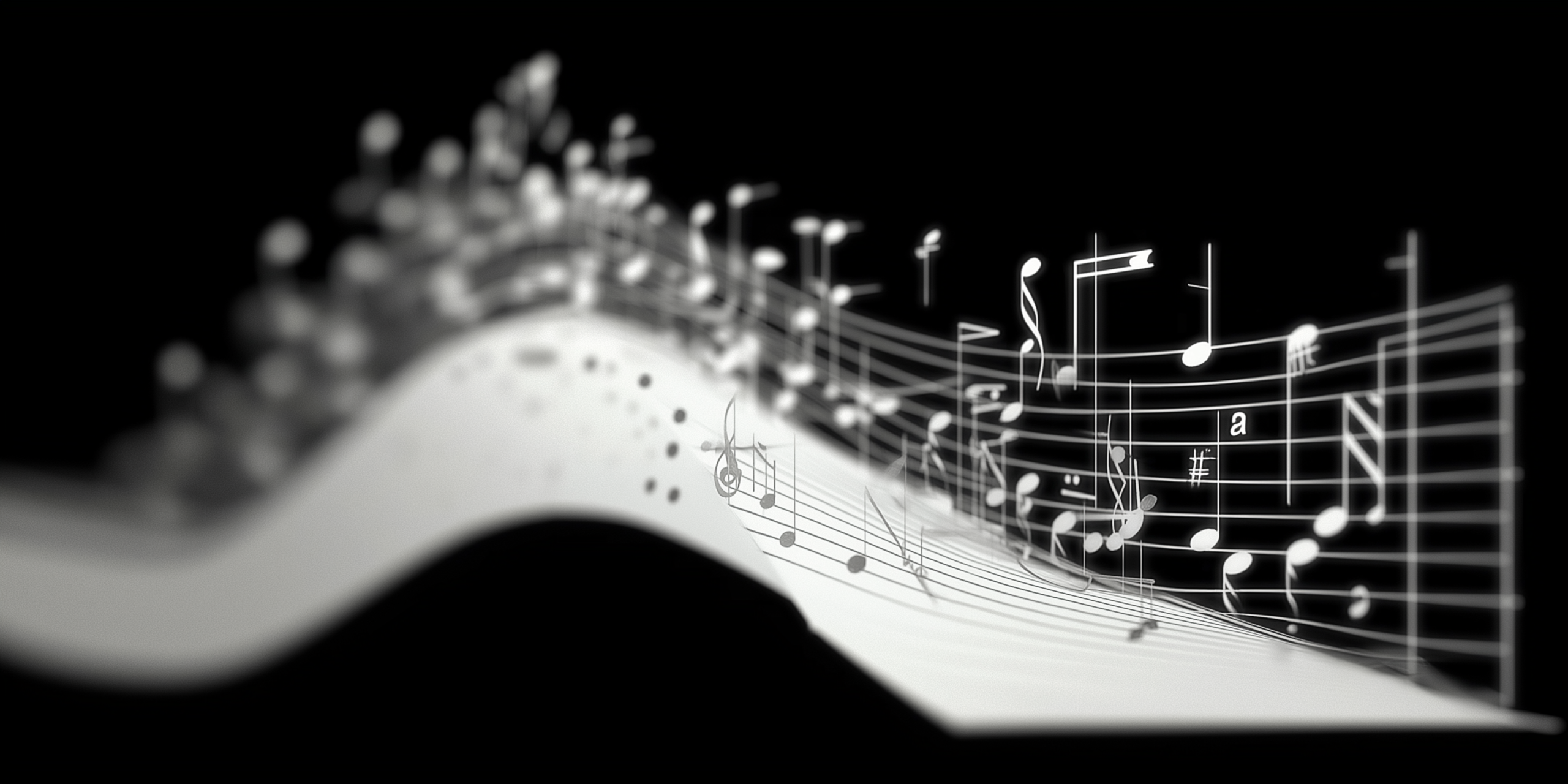Tired of music theory that feels like homework?
Let's be honest. When you hear "music theory," your eyes might glaze over. You picture dusty textbooks, complicated diagrams, and endless hours memorising scales you might never actually use in your next killer track. But what if we told you that understanding a few key principles could unlock a whole new dimension of creativity in your electronic music?This isn't about becoming a classical virtuoso. It's about giving you practical tools to make your beats hit harder, your basslines groove deeper, and your melodies evoke genuine emotion. Forget the boring bits; we're diving into the hacks that truly matter for electronic producers. Ready to transform your sound, not just your knowledge? Let's go.
The power of rhythm: It's all about the groove
In electronic music, rhythm isn't just about when a sound hits; it's about its relationship to other sounds, creating a push-and-pull that makes people move. This is your groove.
The Hack: Don't just quantize everything.
Subtle Delays (Humanize): Try shifting individual drum hits (especially hi-hats or percussion) just a tiny bit off the grid – either slightly before or slightly after the beat. Experiment with delaying some elements by a few milliseconds.
Velocity Variation: Don't let all your drum hits be the same volume. Vary the velocity (MIDI volume) of your hi-hats or ghost kicks. A slightly quieter hit here, a louder one there, creates a more organic, human feel.
Accentuate: Emphasize certain beats by making the kick or snare slightly louder. This creates a rhythmic "stress" that propels the groove forward.
Why this matters: These tiny imperfections create the "feel" that quantizing alone can't achieve. Think of your favorite tracks – they breathe!
Emotional harmonies: The secret language of chords
You don't need to know every single chord inversion to evoke emotion. Understanding the basic feel of major, minor, and a couple of "moody" chords is enough.
The Hack: Focus on a feeling, not a theory book.
Major = Happy/Bright: Try building a simple chord progression using only major chords. For example, in C Major: C Major (C-E-G), F Major (F-A-C), G Major (G-B-D).
Minor = Sad/Dark: Switch to minor chords for a more melancholic feel. In A Minor: A Minor (A-C-E), D Minor (D-F-A), E Minor (E-G-B).
The "Suspense" Chord (Sus4): Try replacing the third note of a major or minor chord with the fourth note of the scale (e.g., C-F-G for a Csus4). This creates a feeling of unresolved tension that often leads beautifully into the next chord.
Inversions for Flow: Instead of moving your whole hand, try keeping some notes common between chords and just moving one or two notes up or down an octave. This creates smoother transitions and a less "blocky" sound.
Why this matters: Chords are the emotional backdrop of your track. Simple changes can dramatically alter the listener's mood.
Melodies that stick: simplicity, repetition, and variation
Great melodies don't have to be complex. Often, the most memorable ones are simple, repetitive, and contain subtle variations.
The Hack: The "Question and Answer" approach.
The "Question": Create a short, catchy melodic phrase (2-4 notes). This is your initial idea.
The "Answer": Repeat the phrase, but change the last note or the rhythm slightly. This creates a sense of resolution or progression.
Rhythmic Hooks: Sometimes, the rhythm of your melody is more impactful than the notes themselves. Experiment with syncopated rhythms – notes hitting off the main beats.
Call and Response: Think of two melodic ideas that play off each other, like a dialogue. One "calls," the other "responds."
Why this matters: Memorable melodies are what listeners hum long after your track ends. They define your track's identity.
Beyond the rules: The art of creative disruption
Once you understand the basic principles, you’re empowered to break them intentionally. This is where true originality emerges.
The Hack: Controlled Chaos.
Unexpected Samples: Drop an unusual vocal snippet or a field recording into a rhythmic loop.
Glitchy Edits: Use extreme automation or slicing to create momentary sonic disruptions.
Off-Key Experiments: Deliberately pitch a sound slightly off-key for a dissonant, uneasy effect (use sparingly!).
Randomization (Slightly!): Some DAWs or plugins have randomization features. Apply them subtly to a parameter (e.g., filter cutoff, delay time) to introduce unpredictable variations.
Why this matters: Breaking rules effectively requires knowing them first. This builds tension, surprise, and makes your music uniquely yours.
Your musical compass: practicing with intention
Music theory isn't a rigid set of rules; it's a compass. It helps you navigate the vast landscape of sound and find your creative destination. The real learning happens when you apply these concepts in your own productions.Keep experimenting, keep listening, and don't be afraid to trust your ears. The most compelling electronic music often comes from intuition, informed by just enough theory to make it shine.
